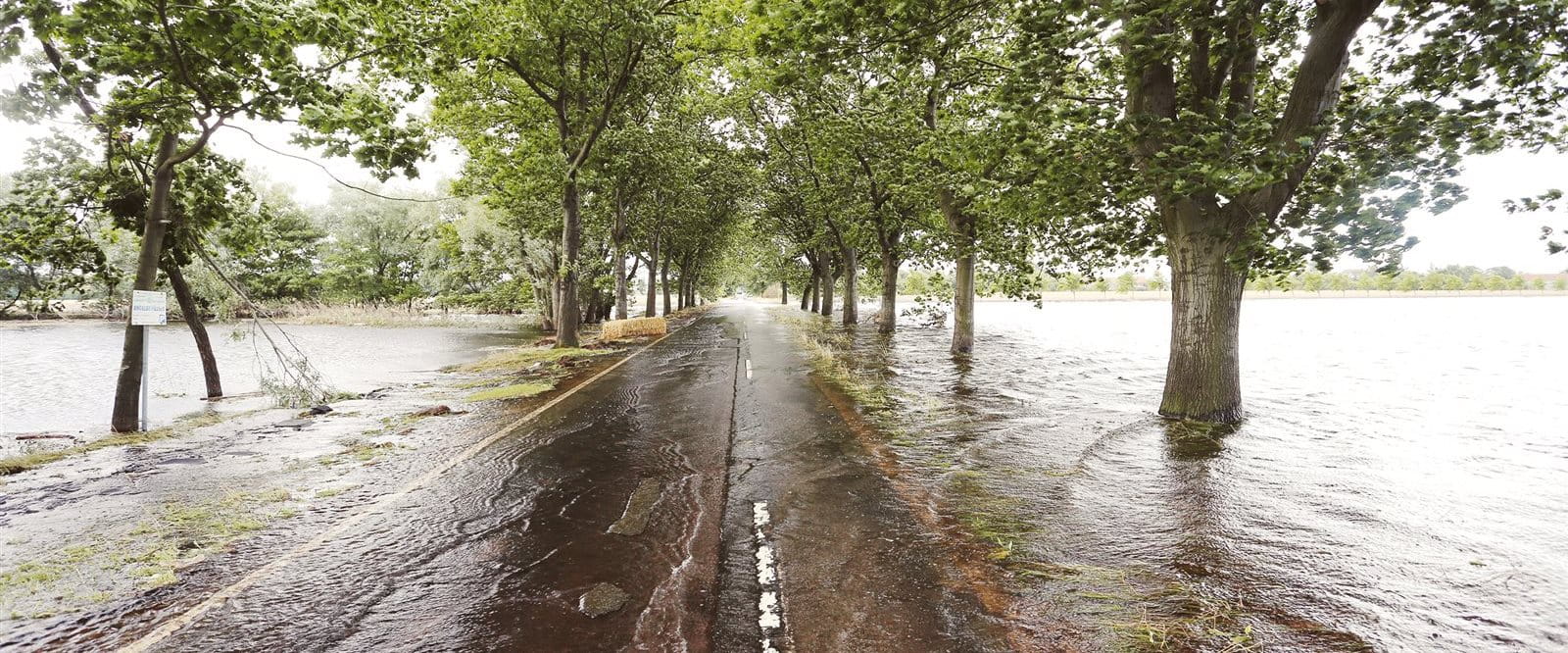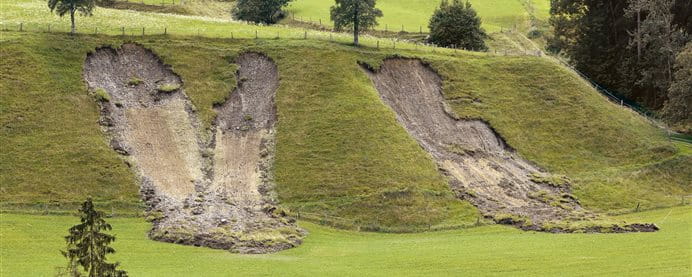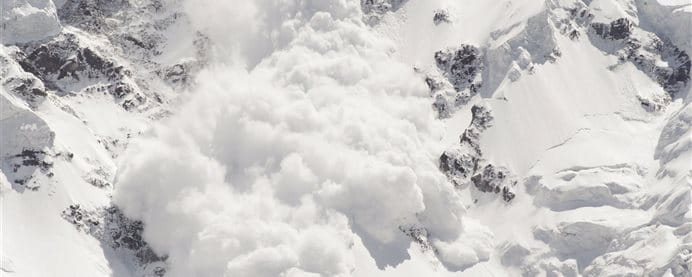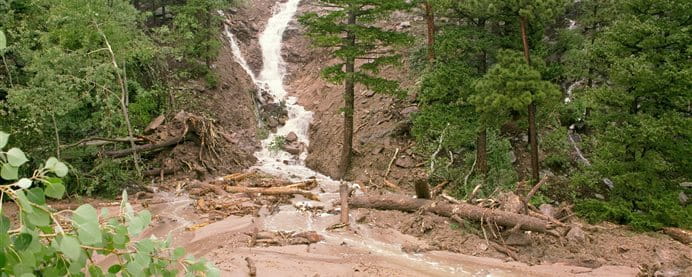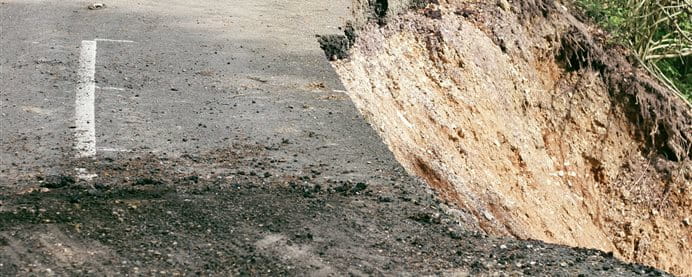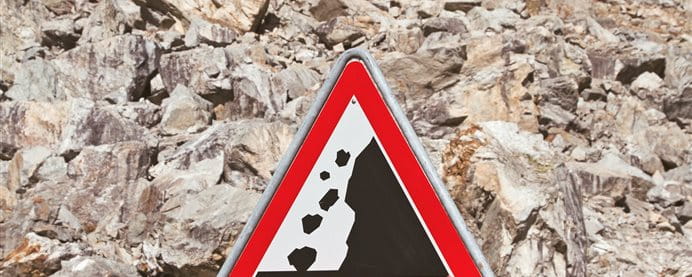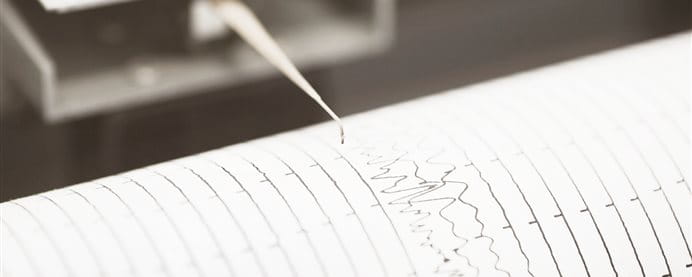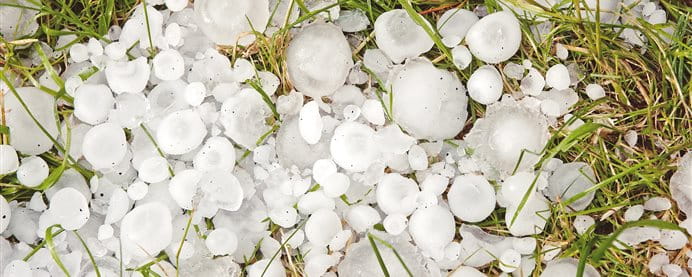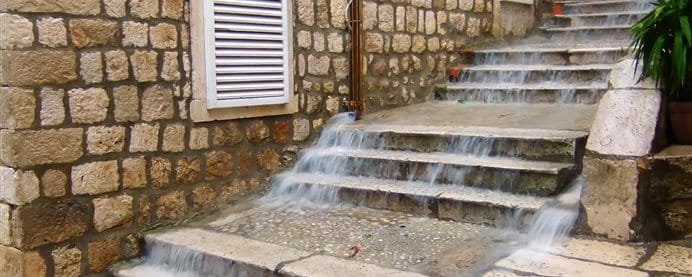Heavy and prolonged precipitation causes bodies of water to overflow their natural banks. Floodwater causes the greatest damage in Switzerland because of the heavy concentration of construction near riverbanks and lakeshores.
Strong flooding can be devastating. The most recent flooding in the Emmental region and the canton of Ticino are vivid examples. Following extremely intensive rains, the Emme rose in no time at all to record levels. In the process, this otherwise gently bubbling brook was transformed into a raging torrent and caused millions of Swiss francs worth of damage. In the meantime in the canton of Ticino, the water in Lago di Lugano and Lago Maggiore rose up over the lakeshore. Businesses, stores and clinics all had to be evacuated. The losses from interrupted operations were enormous.
Socioeconomic growth and the intensive construction that has accompanied it have led to a massive increase in the potential for damage. Since 1985, cultivated farmland ten times the size of Lake Zurich has disappeared; one square meter of land is built over every second. In many places, the only areas left to build on are the broad, flat expanses of land along rivers, in other words potential floodplains. Studies show that hospitals, nursing homes, schools and a host of other highly sensitive buildings are erected in hazardous areas such as these.
Construction continues unabated. The density of settlement and concentration of tangible assets along bodies of water are steadily growing in the process. Floods occurring today can injure more people while also causing greater losses. Construction itself often increases the danger. After all, water cannot seep away through concrete and asphalt; it flows off directly, filling streams and rivers. Climate change is exacerbating this dynamic trend, possibly increasing the frequency of extreme events and causing storms to become more severe. Two possible scenarios: Higher overall precipitation and a simultaneous rise in the snow line could result in more frequent flooding in the winter; the same could happen in the summer because of the excess burden of strong rainfalls and snow melting over large areas.
Europe’s key rivers originate in our Alps – that is why Switzerland is considered the water tower of Europe. Our Alps function as a kind of cloud catcher. If the wind is blowing from west to north, moist Atlantic air accumulates along the mountain ranges and releases rain over the north side of the Alps. If the wind blows from the south, air from the Mediterranean hits the Alpine crests. Extremely severe rains ensue, extending from the south Alps in the canton of Valais to southern Graubünden and into the canton of Ticino.
Some of the heaviest rains fall in the sun-kissed canton of Ticino, of all places. The story is different in the valleys on the north side of the Alps and in the Swiss Plateau. Nearly all flowing bodies of water in these regions have been canalized. In addition, practically all the wetlands have been drained. The Bernese Seeland and many flat river valleys are examples of this practice. But wetlands remain wetlands. When rivers can no longer hold all the rainwater or snowmelt from heavy precipitation, they recapture the land they originally occupied – the natural floodplains.
